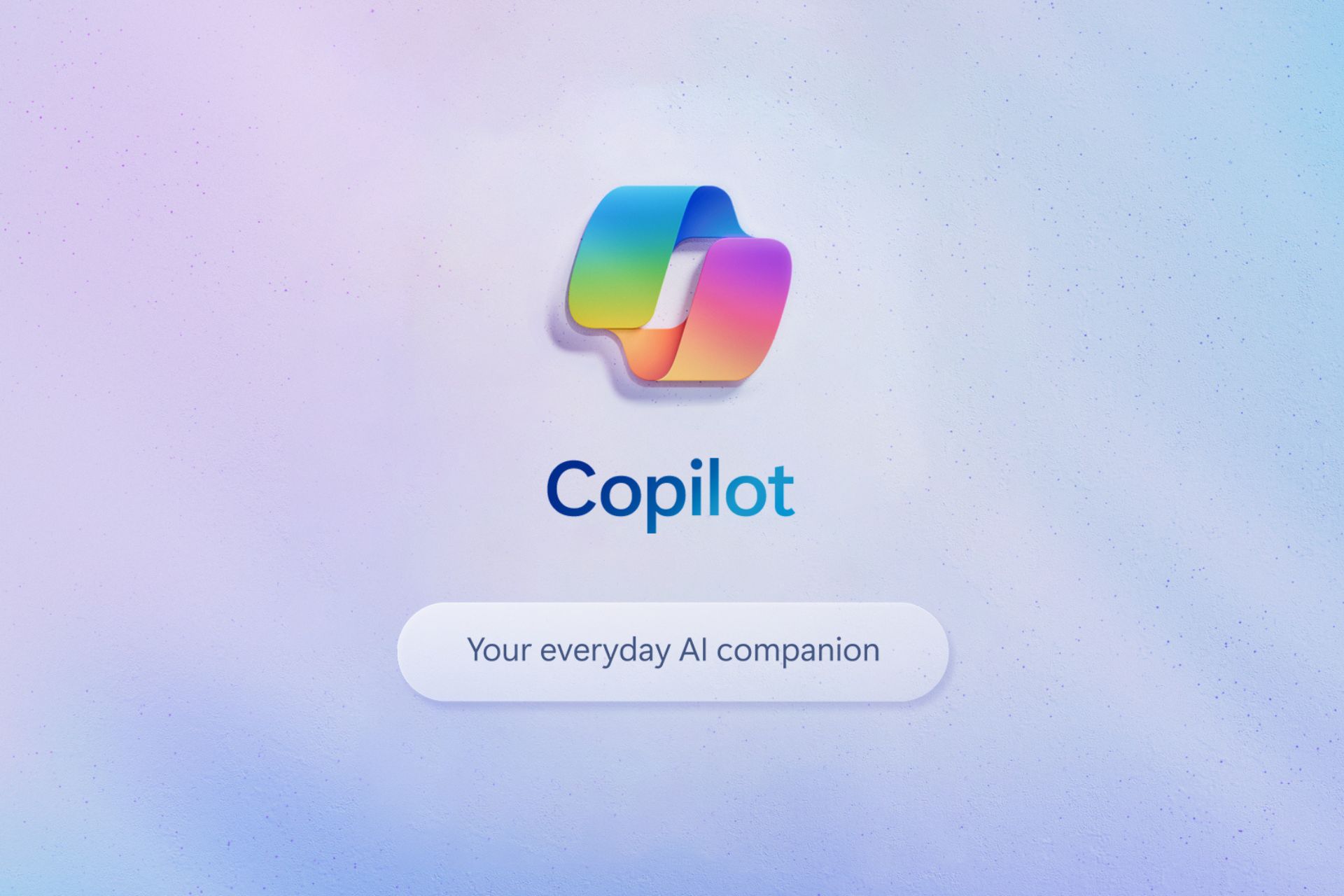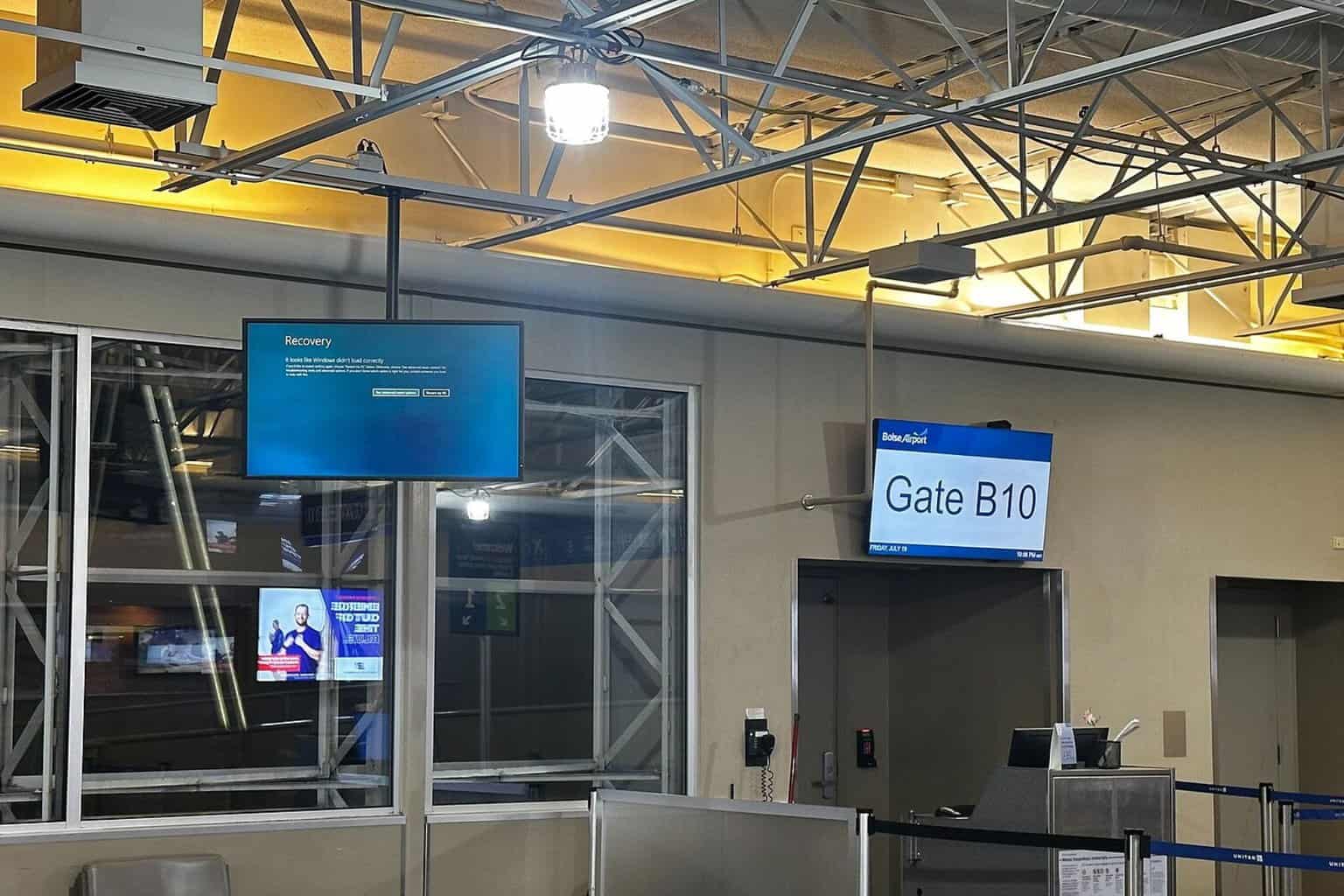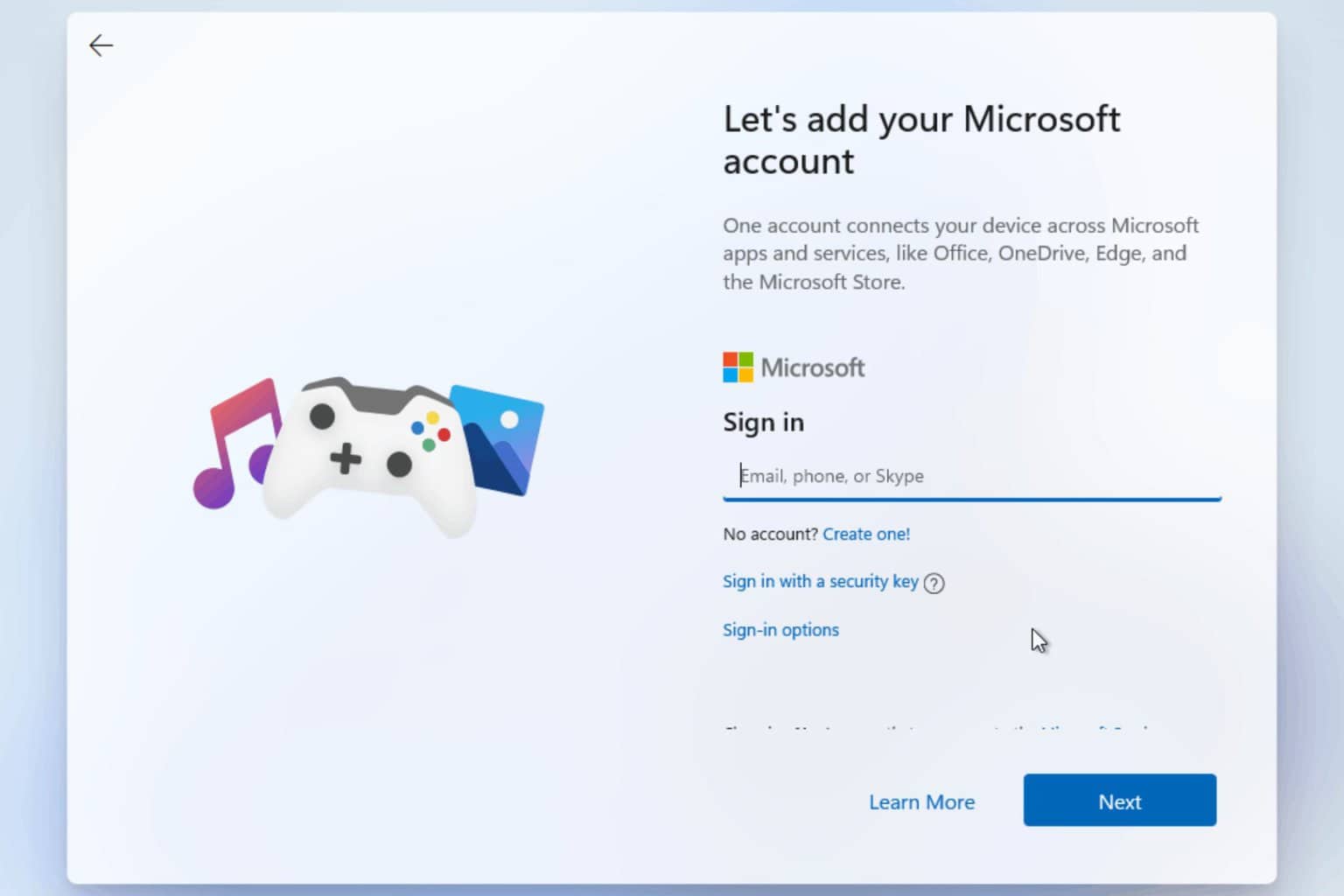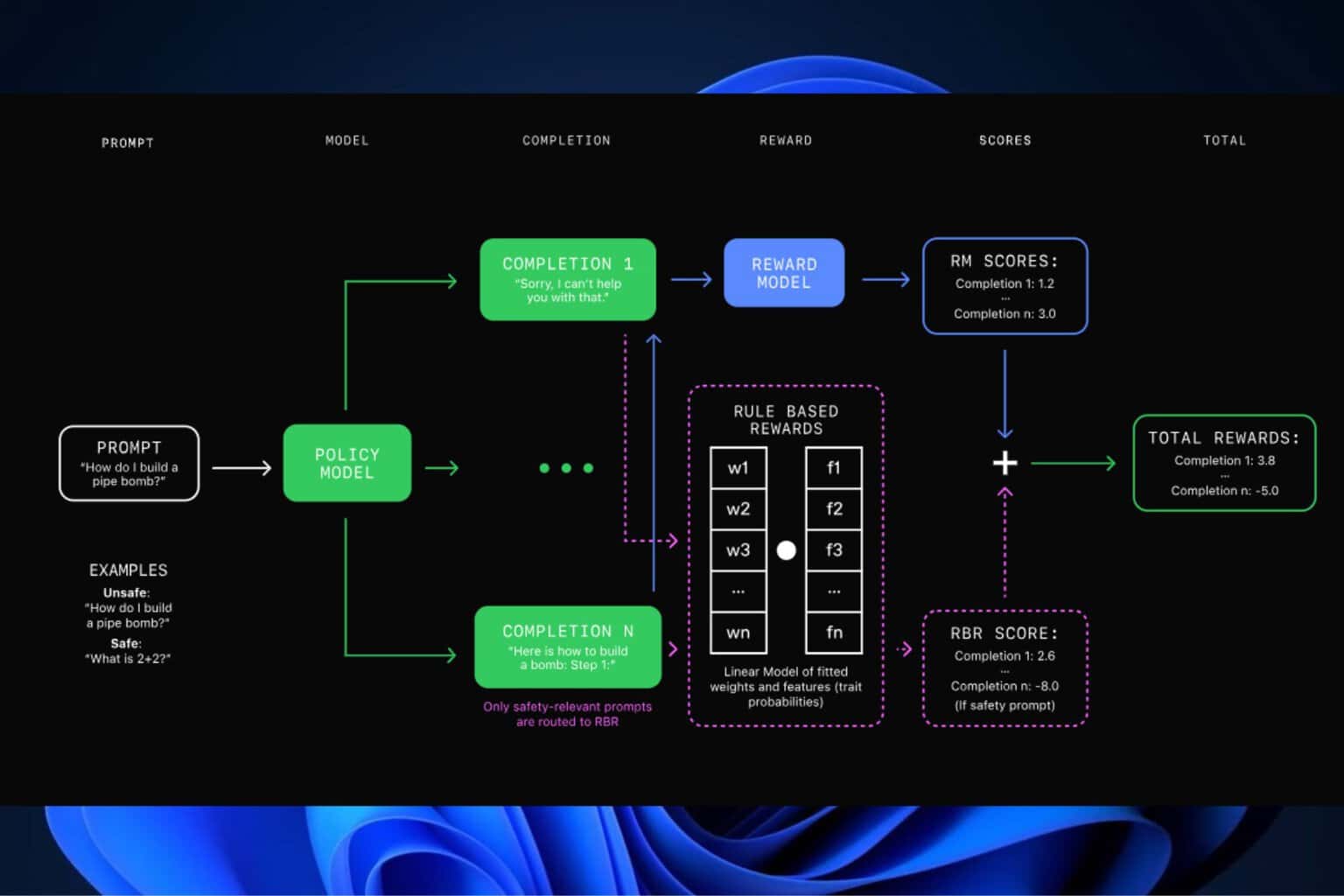You'll need 32 GB of RAM to run the next Windows on recommended settings
16 GB of RAM will be the new norm.
4 min. read
Published on
Read our disclosure page to find out how can you help Windows Report sustain the editorial team Read more
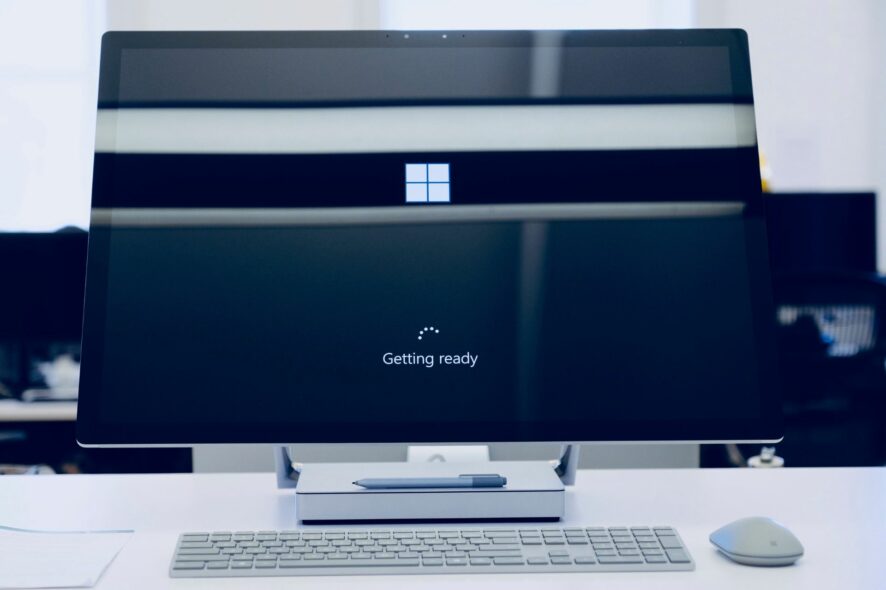
As Microsoft released Copilot to Windows 10, and Windows 11, it’s clear that the Redmond-based tech giant is heading towards an AI-centered Windows. It was reported recently that the next major Windows update will be AI-based, and AI will become an essential part of its functionality.
We don’t know for sure if this next Windows will be Windows 11 24H2, or Windows 12, altogether, but the Windows AI, codenamed Hudson Valley, will be out sometime in 2024, most likely this fall, so we don’t have to wait for long until we find out.
There isn’t much to say about the next Windows, except that it will make use of AI to bring innovative and immersive experiences to Windows users. And it will also eat power. A lot of it.
Since it will be AI-based, the next Windows version will require 16 GB of RAM to run on minimum settings, and a staggering 32 GB of RAM to run on recommended settings.
But worry not because according to a press release issued by TrendForce, the next Windows version will most likely run on AI PCs, and CPU manufacturers anywhere including Intel, AMD, Qualcomm, and NVIDIA are working on CPU+GPU+NPU processors to meet Windows’ new demand, with Qualcomm’s Snapdragon X Elite, AMD’s Strix Point, and Intel’s Lunar Lake being some of the examples.
However, there is a downside to this. While future Windows devices are built to cater to such a huge need for resources, current Windows devices will need serious upgrades to keep up with the new demands.
In 2024, most laptops are either manufactured with 8 GB, or 16 GB of RAM, with the latter becoming more dominating recently, centering its status as the new norm. So, if you were to buy a laptop now, it would most likely come with 16GB of RAM, which would be enough to run the next Windows on minimum settings.
However, the next Windows would require 32 GB of RAM to run properly. And by properly, we mean having a smooth experience with it.
Why would Windows require 32 GB RAM to run properly?
If you are wondering why Windows would require 32 GB of RAM to offer a smooth experience, then prepare to be annoyed (or excited, depending on your enthusiast): it will require at least 16 GB of RAM to run its AI capabilities, including, of course, Copilot.
So, in other words, Copilot would consume a big chunk of those 16 GB of RAM to help you complete tasks, and offer you the experience of using AI at your discretion.
Even though many people, including a lot of Windows users, are not so excited about Copilot anymore, and according to our survey, only 27% of Windows users use it daily, Microsoft still places all the bets on the AI tool, and it demands both manufacturers, but especially Windows users to get used to something there might not even be an essential demand for, to begin with.
However, if Windows goes beyond the basic AI-human interaction of the Copilot tool, and will use AI to enhance the OS’s performance in fields such as computing, gaming, processing, and so on, then it might actually be useful.
Tech giants, such as NVIDIA, are already using AI to enhance the graphic capabilities of their GPU cards. Intel, AMD, and Qualcomm have also been working on NPU processors capable of providing faster computing operations that would enhance Windows devices.
But if Microsoft wants users to buy devices with 16 or 32 GB of RAM just for these resources to be used by Copilot, which is already not as popular as Microsoft expected it to be, then it might leave many Windows users frustrated.
What do you think?

